|
|
To determine the initial appearance of our instrument, we started with a pencil sketch and started modeling in a 3D environment from there. The initial 3D models served as a "storyboard" of sorts, allowing us to develop and refine the look we were going for. Once we arrived at a final look and feel, the model was altered to conform to VRML specs (lower polygon count, etc.). The features such as a radiosity pass and volumetric effects were used strictly to help us determine what look and mood we were trying to achieve, and do not appear in the final VRML model.
One of the unique aspects of the instrument is that it includes its environment as part of the instrument. This is uncommon in the music world with instruments like the carillon and pipe organ, each constructed for a specific space, being two of the only major examples. In these examples as well as in our instrument, the environment it inhabits helps to define the instrument itself. The physical structure of our instrument serves two main purposes:
Home for control surface
Obviously, the player needs some way of interacting with the instrument, and a virtual interface is one thing the model provides. This structure is a home to the control surface previously described. It appears to be a domed structure residing on a platform floating out in black space. Inside the dome is a podium surrounded by a wall that stands about waste high. This is where the performer would play the instrument from. The musician has a small amount of space to move around in while he is playing as the podium is about 6 feet in diameter.Performance space
The interesting aspect of the physical space of the instrument is that it provides its own area for audience members to observe and listen to the performance. This 30 foot diameter, domed area gives the audience space to roam and experience the performance from many different angles. Like a piece of installation art, perception of the performance changes depending on the audience members' positions.
This model was developed within the 3-D authoring environment trueSpace v4.1 by Caligari. All radiosity solutions and volumetric effects were created and rendered within trueSpace.
click on an image to view a larger version
 |
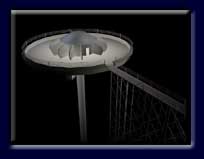 |
|
a
wireframe version of the original
|
a
low quality render
|
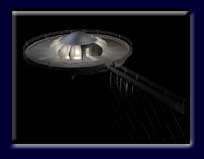 |
 |
|
a
version with radiosity solution
|
the
final "digital sketch" model
|
 |
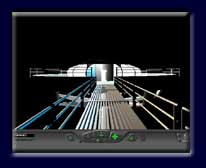 |
|
the
original VRML version
|
another
view of the original VRML
|
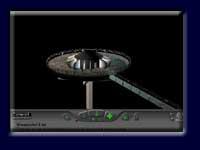 |
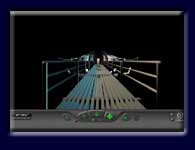 |
|
the
final VRML model
|
another
view of the final VRML
|